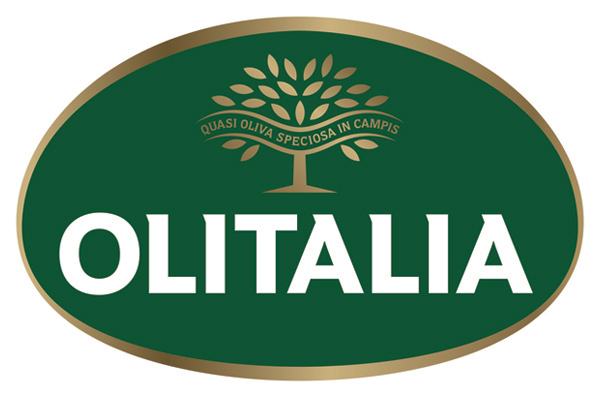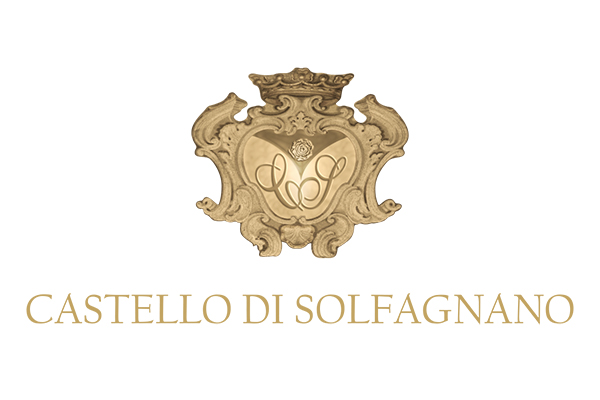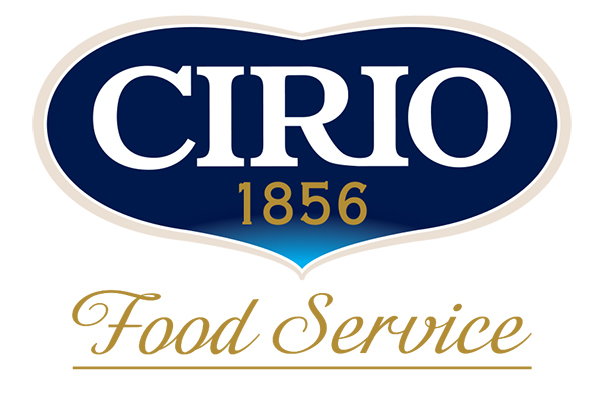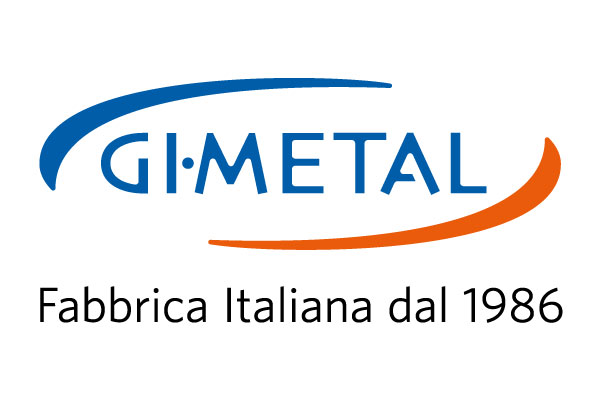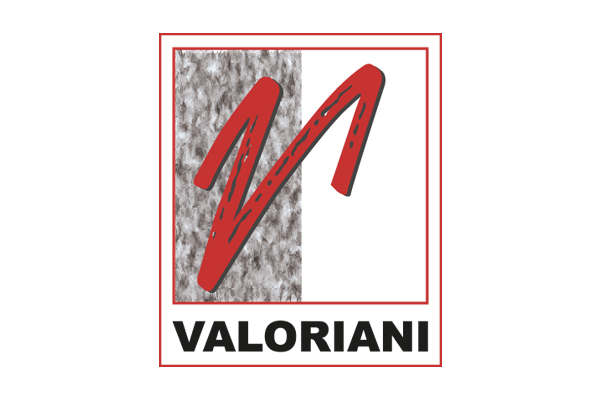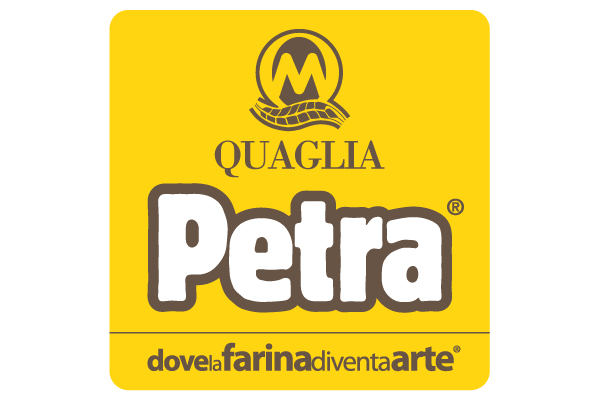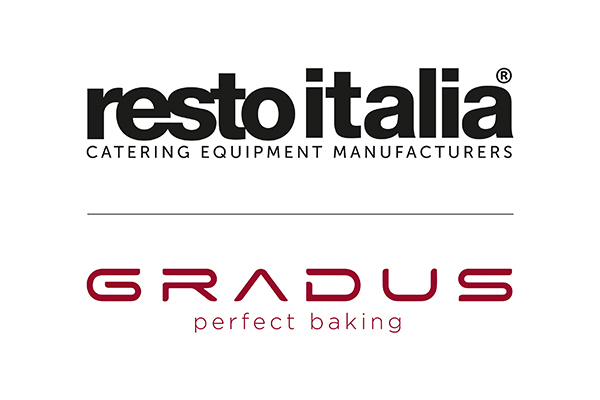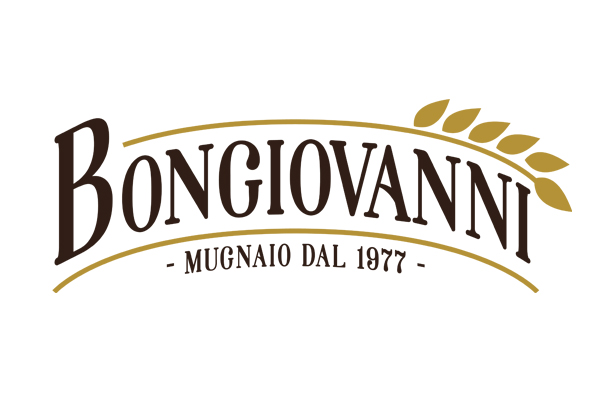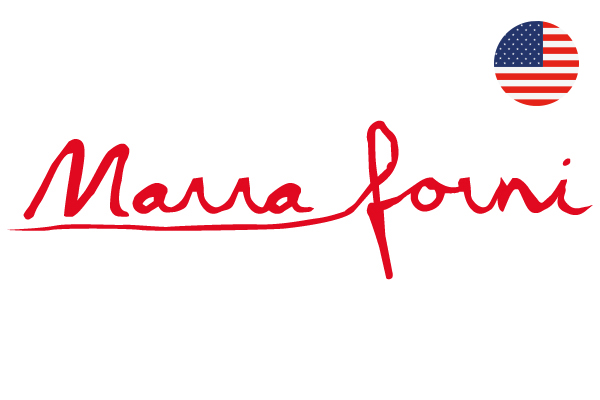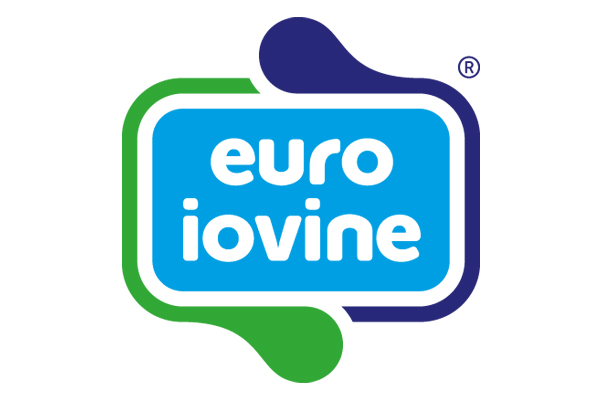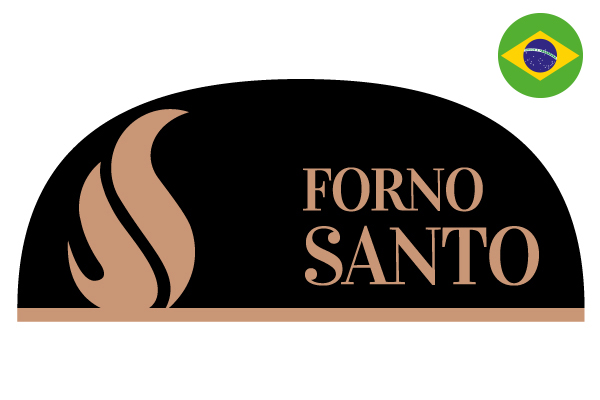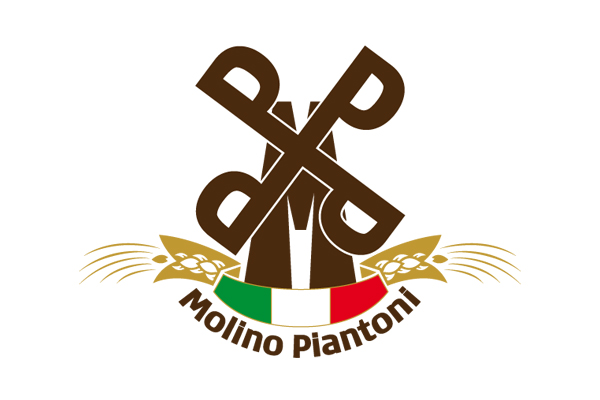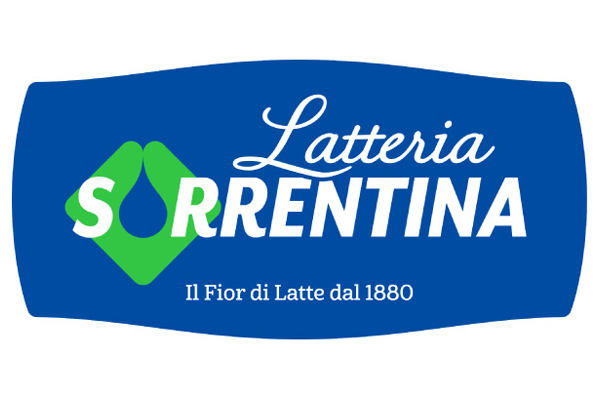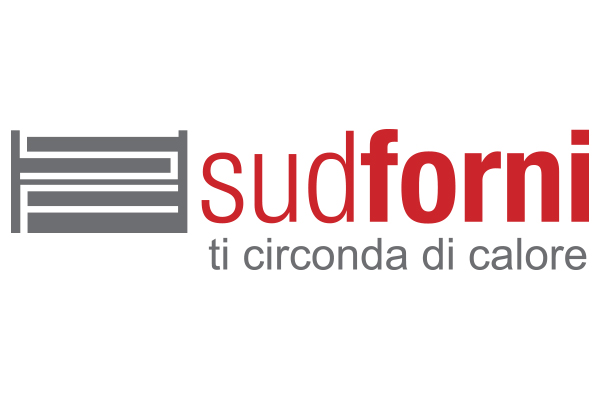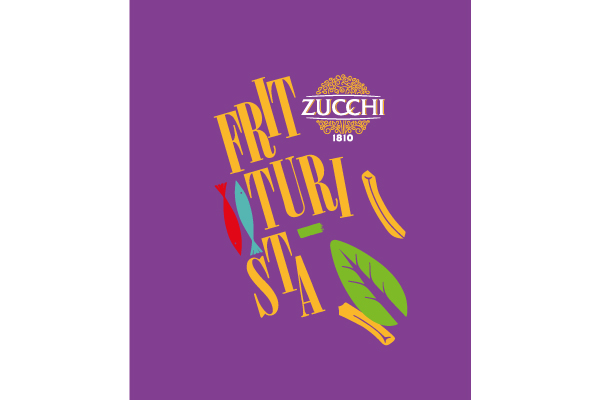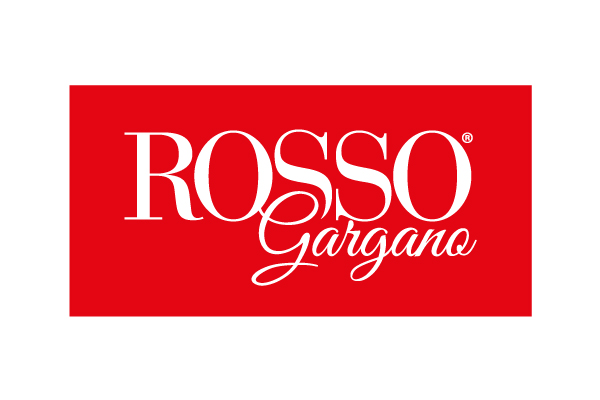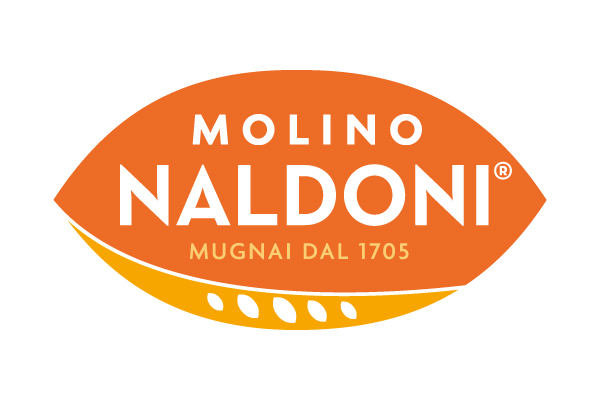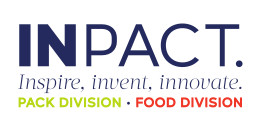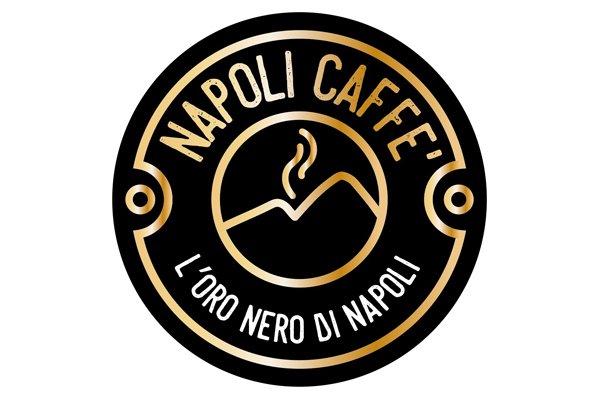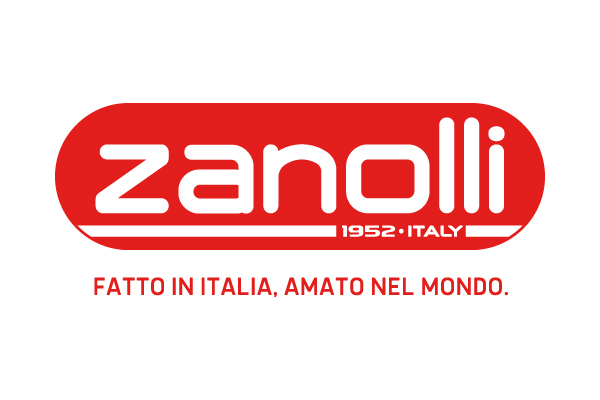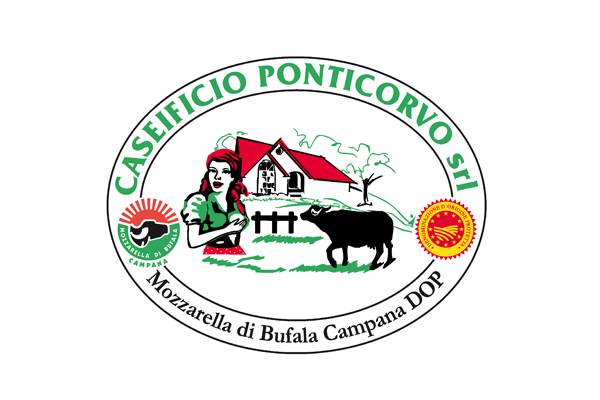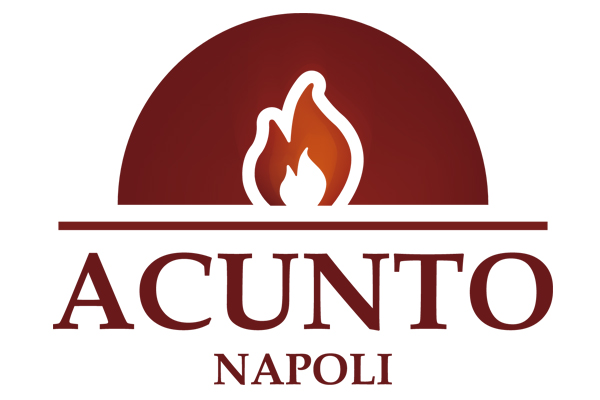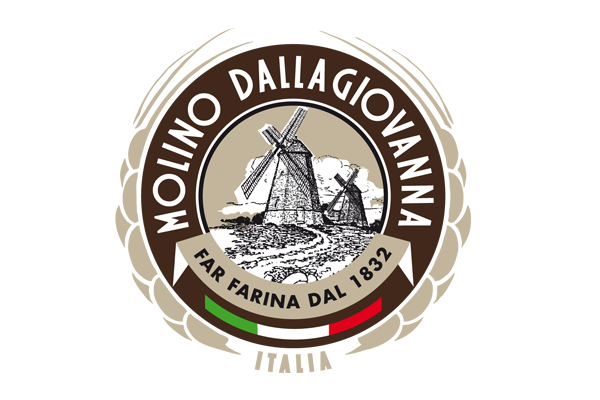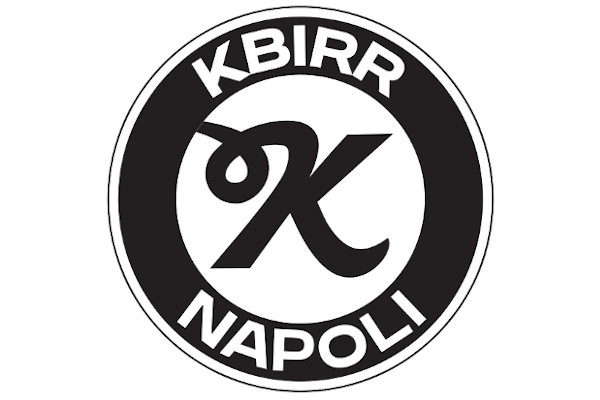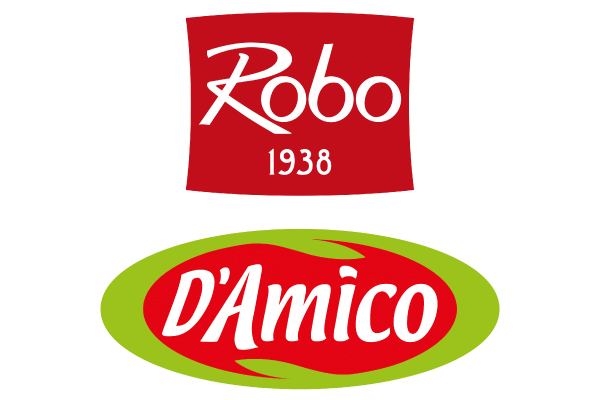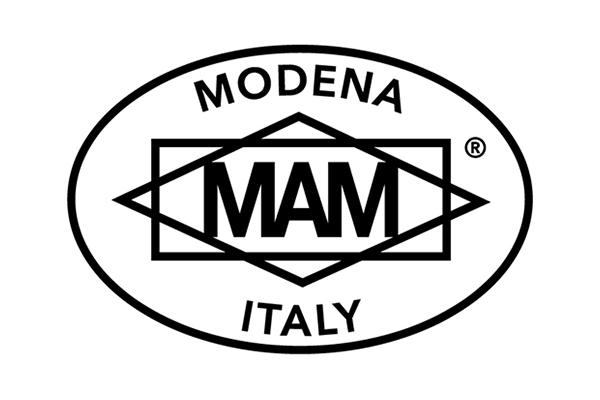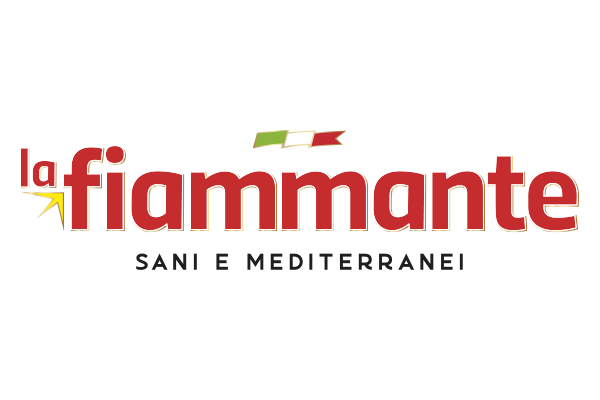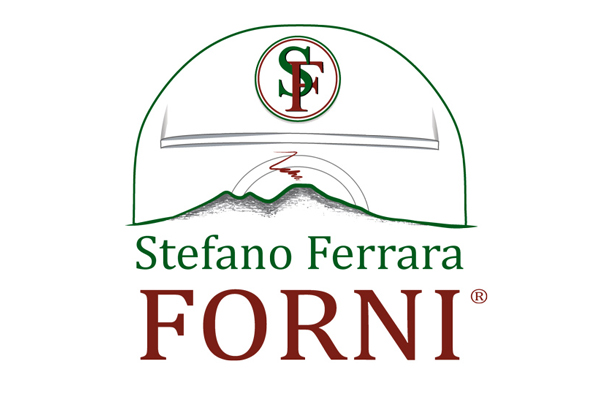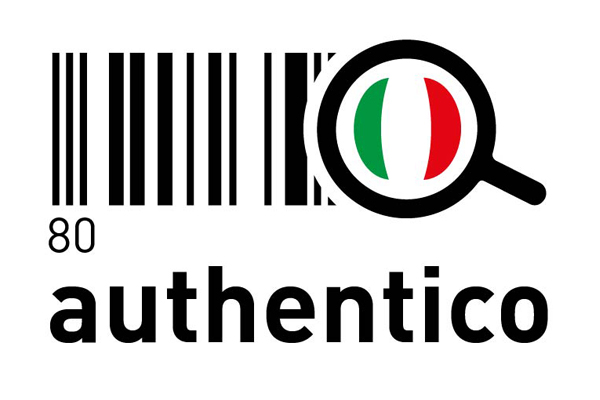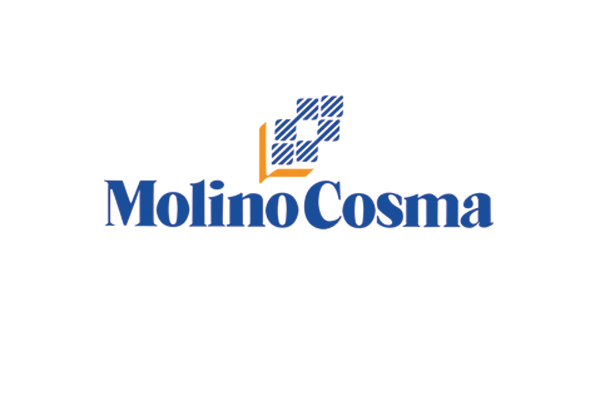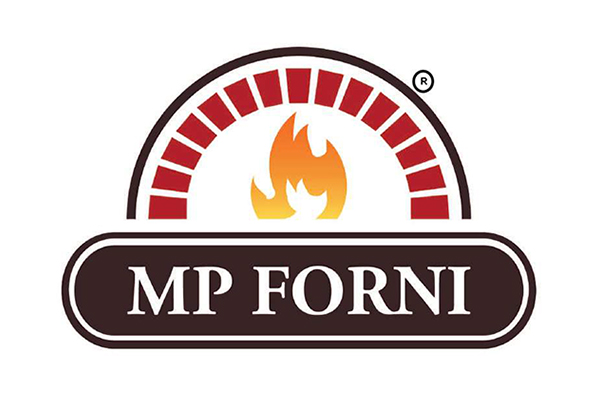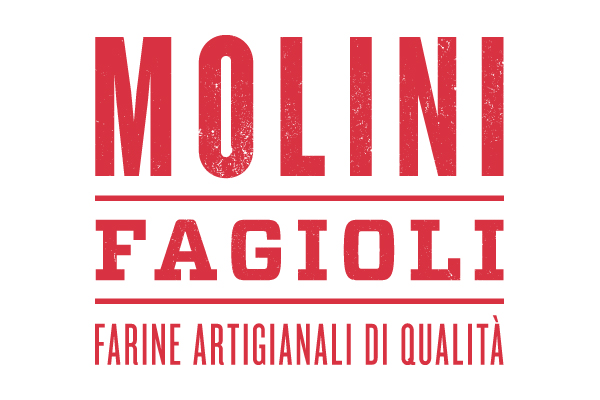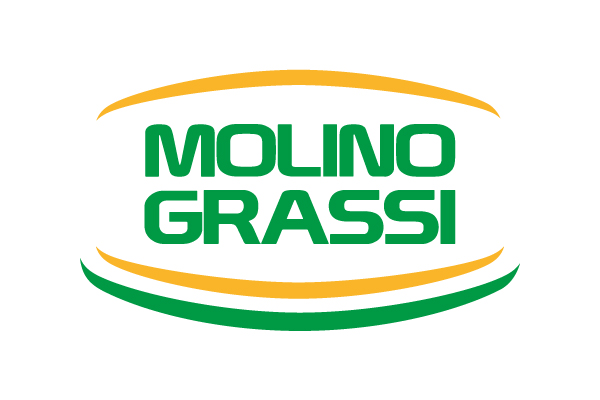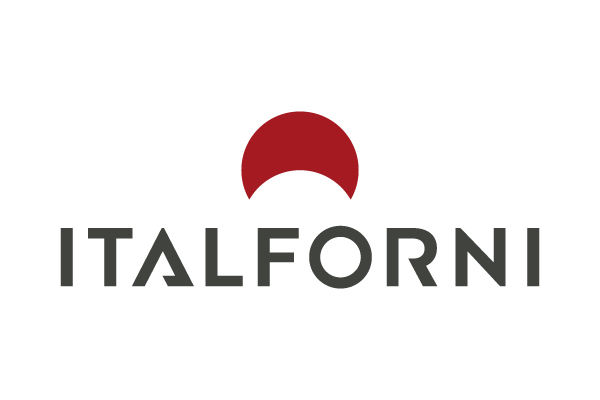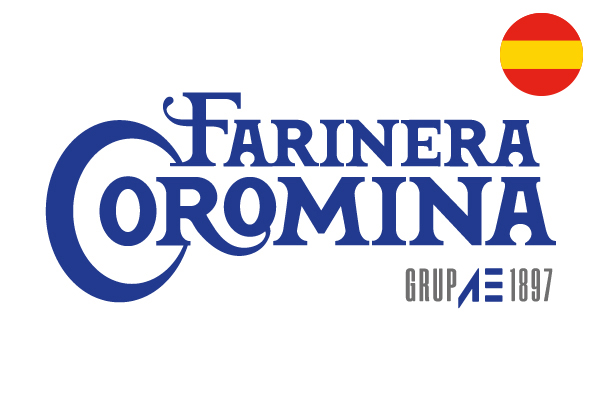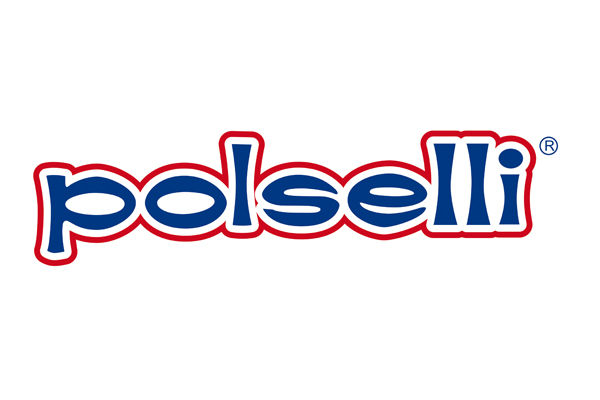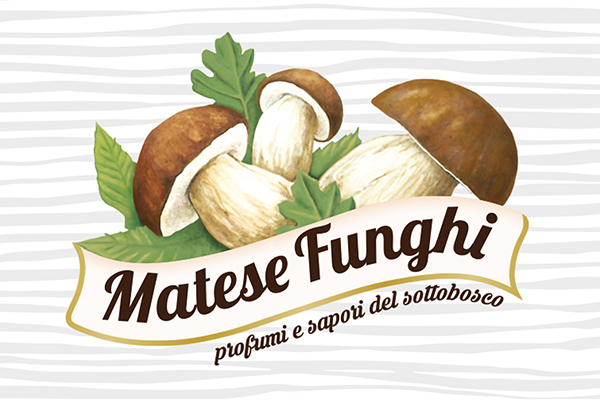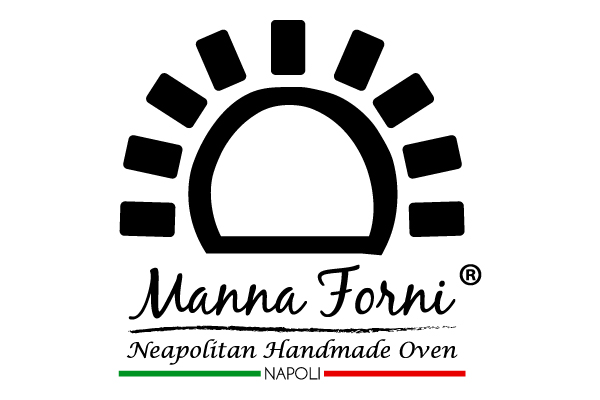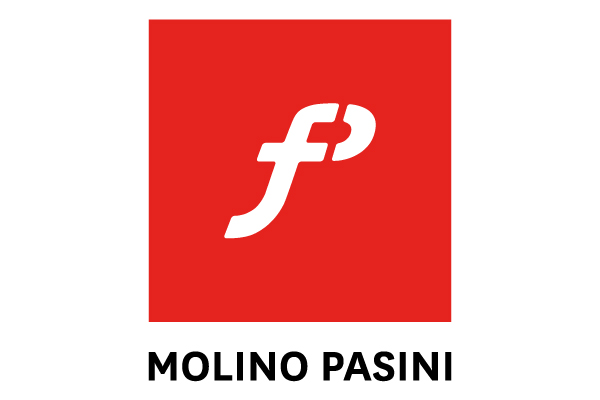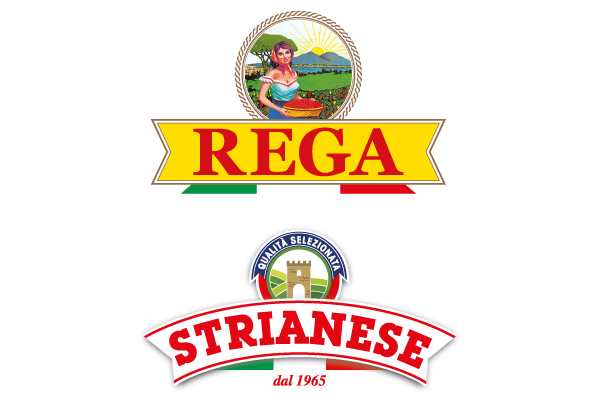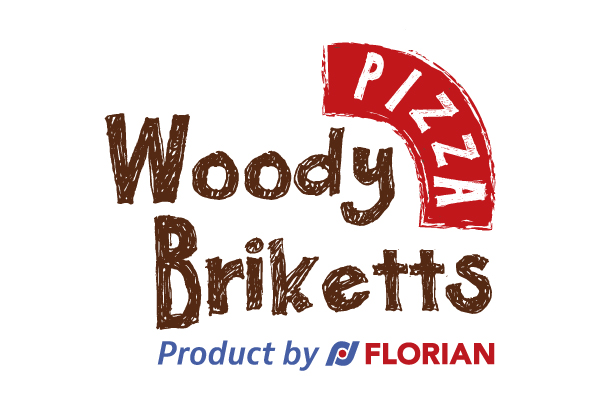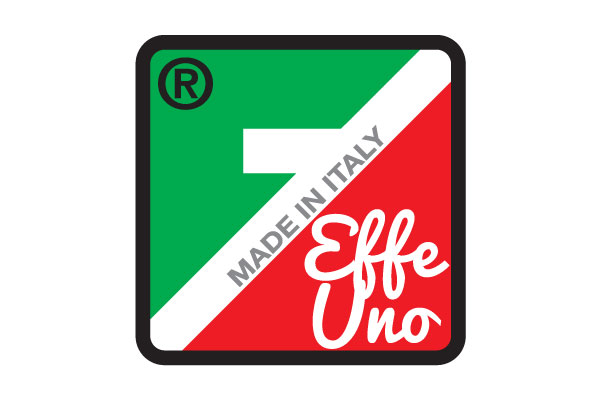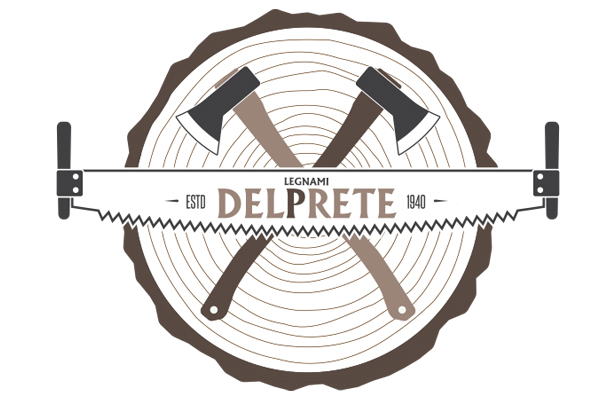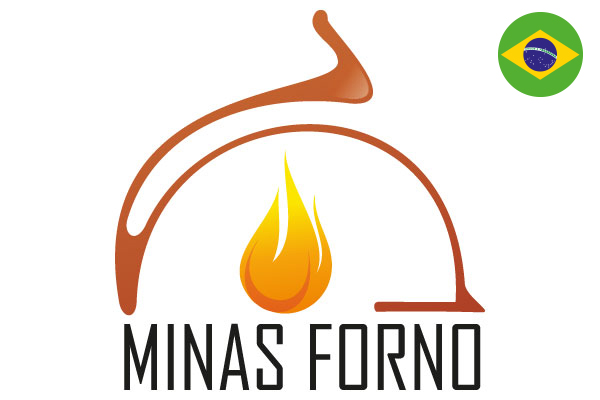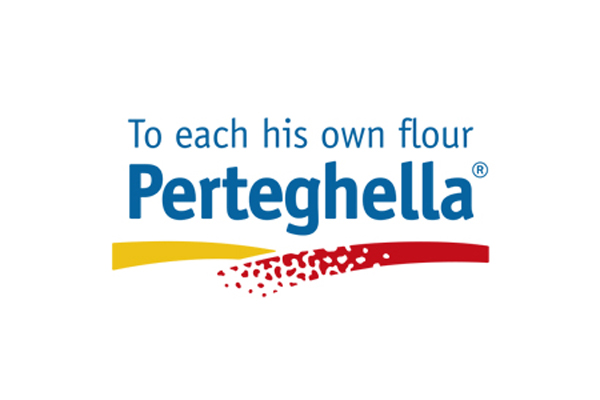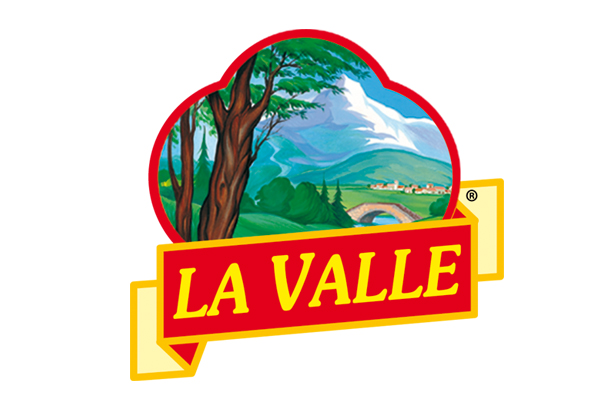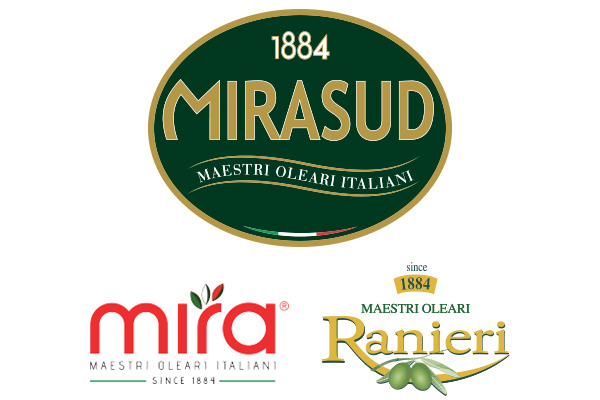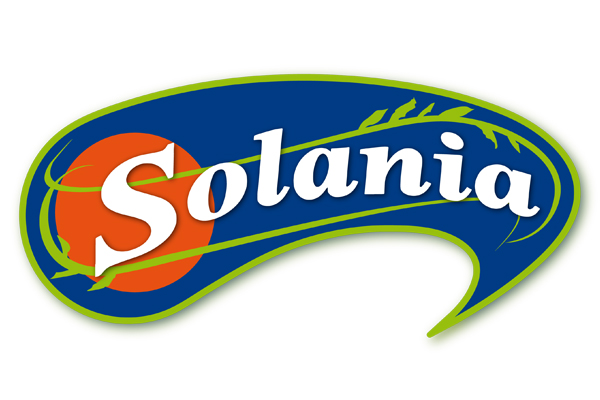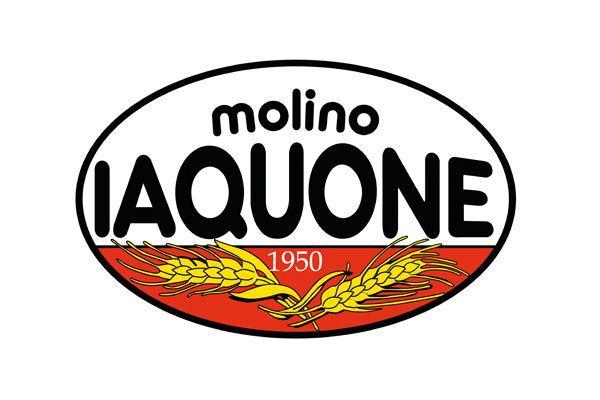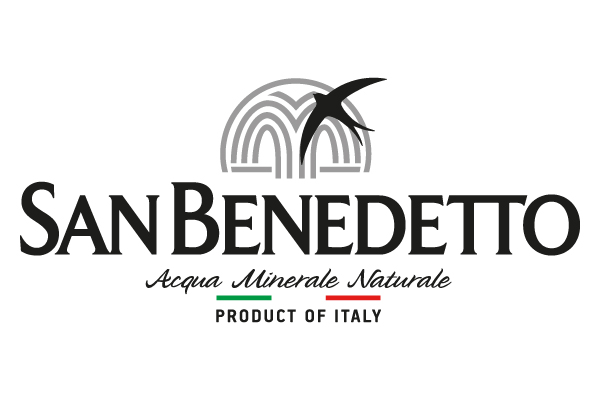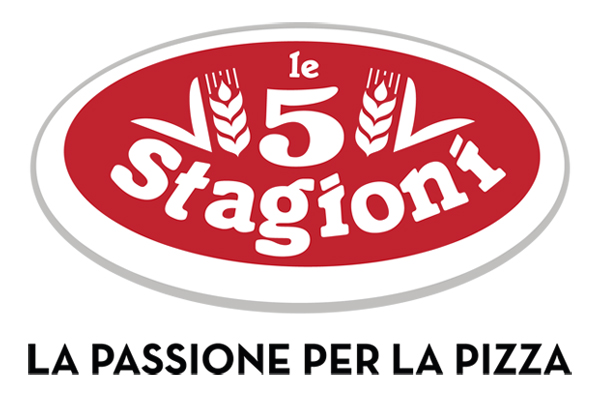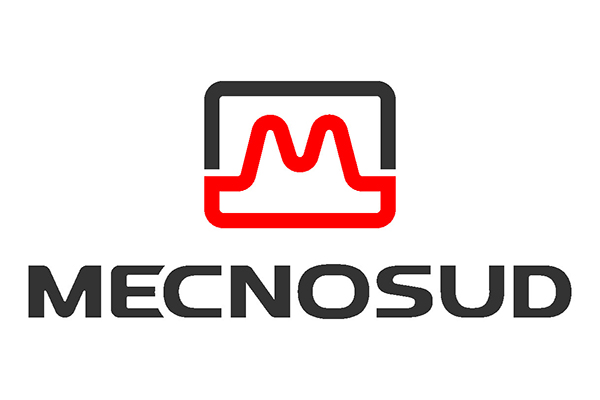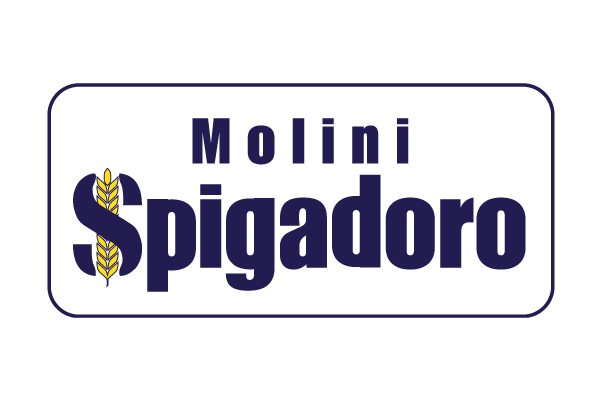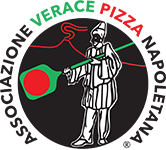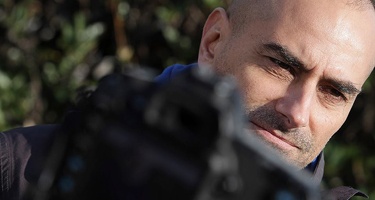
" Farina, Acqua, Lievito, Sale,
Passione " is a book by the True Neapolitan Pizza Association that describes
the techniques and secrets of a product that symbolizes Naples, a book that contains 65 recipes for Neapolitan
pizzas, 300 outstanding photos and 50 unheard stories linked to the pizza and its binding
relationship with the city of Naples.
1. You were born in Milan, you grew up in Naples, graduated in Economics you traveled around the world and now you live in London: What does photography means to you?
Not to sound "epic" but photography doesn’t have just a role in my life, "it is" my life. I live on photography; from morning till evening and sometimes even while I sleep I visualize images that I can perform later. I always see the world depending on the light, where it is, where it comes from, and if I don’t have a camera with me, a quite rare event, I imagine where and how I could have used that light in that particular moment. I actually live on photography 24/24. Even when I was finishing my studies at the University I knew that after that I would have done something connected to the image and not to my graduation. And the photography, or at least the light, also played a role in my university choice. My passion, my vocation was architecture. On the other hand, the faculty of Architecture in Naples is in a narrow, dark, no light street, via Monteoliveto. On the contrary, when I was still a student in high school, I always went through Via Partenope with my scooter and I always saw the Faculty of Economics perpetually kissed by the sun, next to Castel dell 'Ovo, right in front of the sea. My choice was influenced solely by the location, the light and the sea. They made me think about trips and departures!
2. How did you come up to and what do you think about food photography?
Quite naturally, I suppose. At first I worked as a journalist then I almost exclusively dedicated to travel photography. Once this kind of photography aimed to register dream places or bold architectures or how people live in exotic countries, after the market demand has become more and more exigent. People who traveled wanted to find out other things about the countries they visited and reports slowly started to widen their vision over aspect that till then were considered marginal. Food was one of these subjects. Now food is often the absolute protagonist of a journey. Today there is a large chunk of people who travel almost exclusively for the food, to try sensory experiences throughout food and not through monuments and landscapes. Some chefs, assumed a leading role, and today, even the chef who does not appear on TV but guides a kitchen brigade of a Michelin-star restaurant, is considered as a unique and pure artist. You may not like a dish or a mixture, but his art is not discussed. In all of this I think the food photography played, and still plays a key role to transmit, at least partly the excitement of a course, an audacious combination of substances and colors that enhances the quality of the chef. Even the flavor of the food photos, as I have experienced from the beginning, has changed, has gradually refined as well as the chefs dishes.
3. You usually travel a lot for work, what do you think about the Neapolitan pizza in Italy and abroad?
It’s not easy for me to answer this question in a detached, objective way, Because Neapolitan pizza is the dish I love most in the world! I could live on pizza (and ice cream)! But only the Neapolitan one, and unfortunately it is very hard to find it around. I don’t know why, as soon as you leave Naples and I mean in the rest of Italy too, the pizza becomes so different . And that drives me crazy. There are lots of Neapolitan pizza makers who opened pizzerias in Italy and in the rest of the world. But they cannot or they do not want to make pizza in the Neapolitan’s way. Most makes it crunchy, like cookies, other uses poor quality ingredients and the taste is terrible. So I decided, reluctantly, to never eat pizza when I’m not in Naples. It 's always disappointing. Though I must say, to my surprise, that I have recently found in London, the city where I live today, a pizzeria that makes a pizza very similar to the Neapolitan one. A little less tasty but it's comprehensible. But the dough is really good, thin and soft and easy to digest, a clear sign that the rising is good.
4. A book with 65 recipes and 300 photographs of pizzas, tell us about your experience
working for the book was fun. I have met many people with whom I had never worked. My area of work for food until now was limited to the Italian and foreign great chefs, with whom I worked and I’m still collaborating. They represent the main part of my photographic experience of food. So, I always see highly sought- after dishes, refined and served as works of art in plates, that are very often, works of art too. The pizza, as a “poor” food has been a challenge. You had to honor by photography a food universally regarded as street food. A modest food but that is coming out of this niche and entering the " shiny " world of the "noble" food. Even some chefs, starting from my friends Alfonso and Ernesto Iaccarino, began to symbolically clear through customs the pizza, by building a specially dedicated wood-fired oven next to the kitchen of the Don Alfonso 1890. Nevertheless pizza in Naples is still seen as the ideal fast food, so we cannot allow it to become a sought after food. It has always been the symbol of the Neapolitan cooking. Pizza was the best ambassador for Naples in the world! So, it was hard not to overdo. Too muc h"glamour" would have dropped the pizza in a world very different from the one it belongs to, but, it was also important to do not make it too "popular." I tried to take pure photos where you can taste with your eyes, the rich simplicity of the pizza.
5. What were the challenges you faced while you were shooting?
The difficulty of not working in a studio, but on location. In a study you have a full control of the lights and you know that each shift corresponds to an effect. Changing each time location instead , and trying to recreate the same light of the other photos was a gamble. So many photos in the same book can’t have a different light. It was necessary to maintain a constant line to ensure that the different pizzas were appreciated for their peculiarities and not for the kind of light the photos had. Besides this, another difficulty was the limited space in which necessarily we worked and that, made not easy to regulate the lights. Very often I had to give up on photos that surely would have had a strong effect because of the little space available. Or, for example, you could not just draw away the glass that protects the work bench where the pizza maker works. Another difficulty was that often we worked during the opening time of the pizzerias. We had to work at a table while, all around us people sitting at other tables calmly ate their pizza. But it was fun. The Neapolitans seem to have become accustomed to everything.
6. Could you give an advice to our readers to take picture of a true Neapolitan pizza?
It being understood that it is better to
eat a hot pizza, than take pictures of it. There is no advice to give. It
always depends on what the photo is for. If you need to send the photos to your
friends or post it on Facebook, then the cell phone can fit. If you have to
make a book or an advertisement, then it is quite complicated because the
pizza, as all the food in the photos, should be tasty, rich, inviting ... In
short, it must be mouth watering. But to do this, you need time and experience. A single advice is
useless ...
